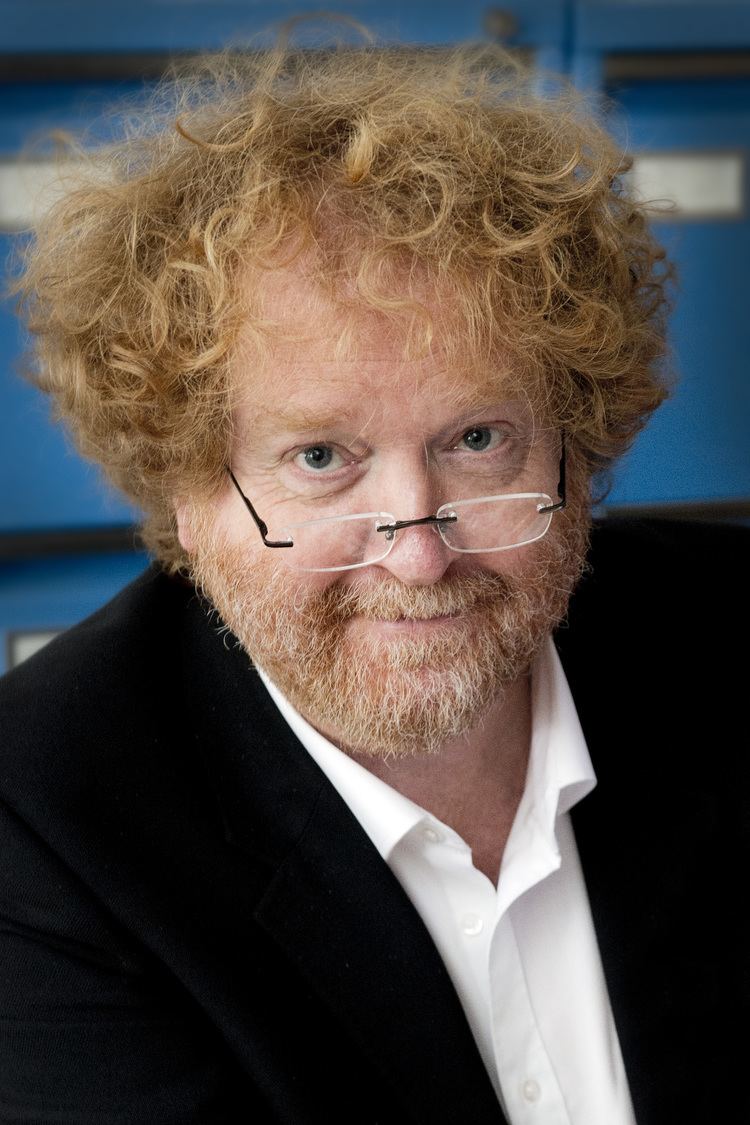Residence Amsterdam / Groesbeek Name Pim Haselager Education VU University Amsterdam | Nationality Dutch Role Philosopher Fields Cognitive science | |
 | ||
Institutions Radboud University Nijmegen Known for Frame problem, Embodied Embedded Cognition | ||
Can i trust my robot pim haselager at tedxradboudu 2013
Willem F.G. "Pim" Haselager (born 14 August 1960, Haarlem) is a Dutch philosopher-researcher in the philosophy of cognitive science. In the Netherlands he is part of a growing minority of scientists and philosophers advocating an embodied embedded perspective on cognition and intelligent behavior. Pim lives in Groesbeek and Amsterdam, the Netherlands. He holds a position at the Radboud University in Nijmegen.
Contents
- Can i trust my robot pim haselager at tedxradboudu 2013
- Pim haselager radboud university nijmegen
- Life and work
- Publications
- References
Pim haselager radboud university nijmegen
Life and work
Haselager obtained a MA degree in philosophy and psychology. He obtained a PhD degree in 1995 at the Free University of Amsterdam, the Netherlands. He is particularly interested in the integration of empirical work (i.e. psychological experiments, brain imaging, computational modeling, and robotics) with philosophical issues regarding knowledge and intelligent behavior.
He analyzed the debate between proponents of classical cognitive science and connectionism on the nature of representation, in relation to the inability of computational models to deal with the frame problem, which is related to common sense behavior, knowledge and reasoning. He examined the consequences of this debate for the status of folk psychology.
More recently he extended his research by investigating the embodied embeddedness of cognition (EEC) in relation to dynamical systems theory (DST). According to Haselager, both EEC and DST sharpen the debate on the role of representations in cognitive science. Currently he investigates the question of how far one can push non-representational ways of modeling intelligent behavior, experimentally and through robot simulations
